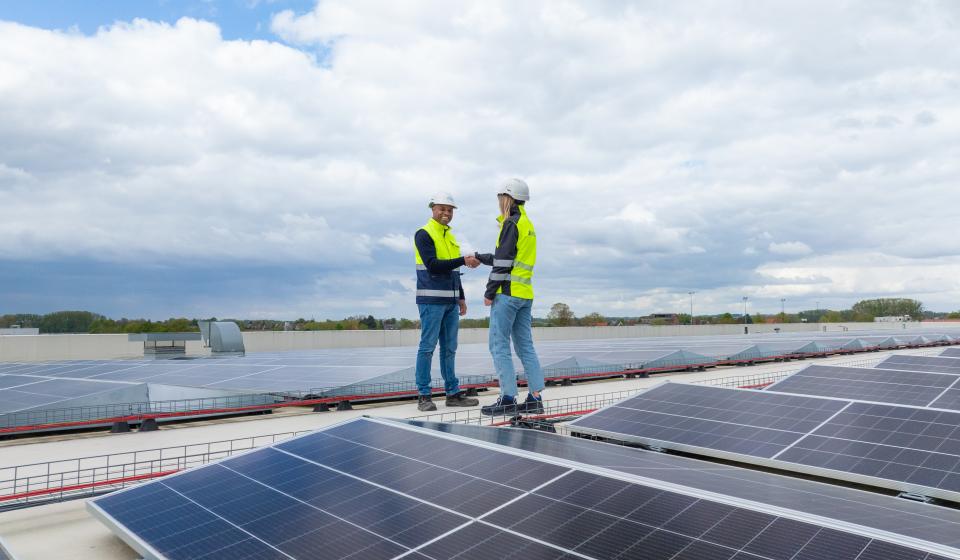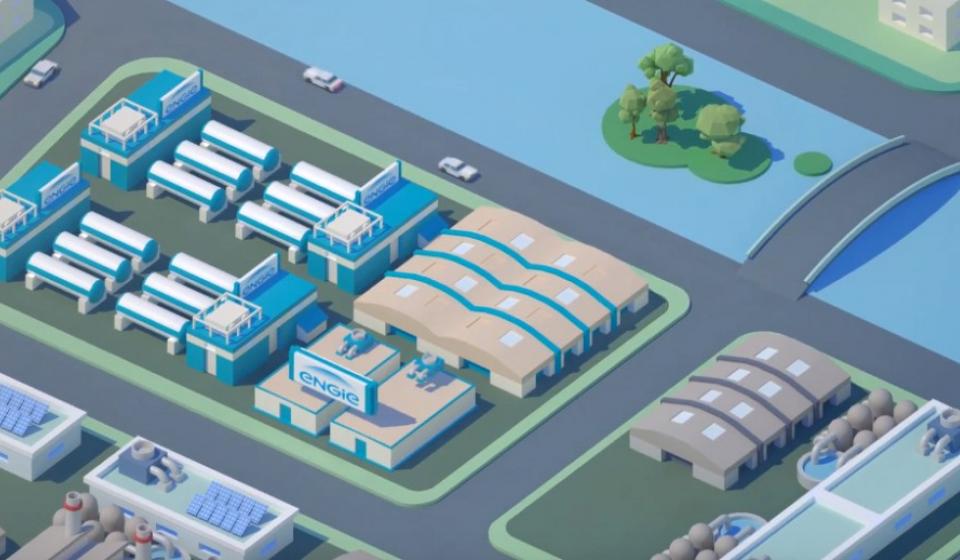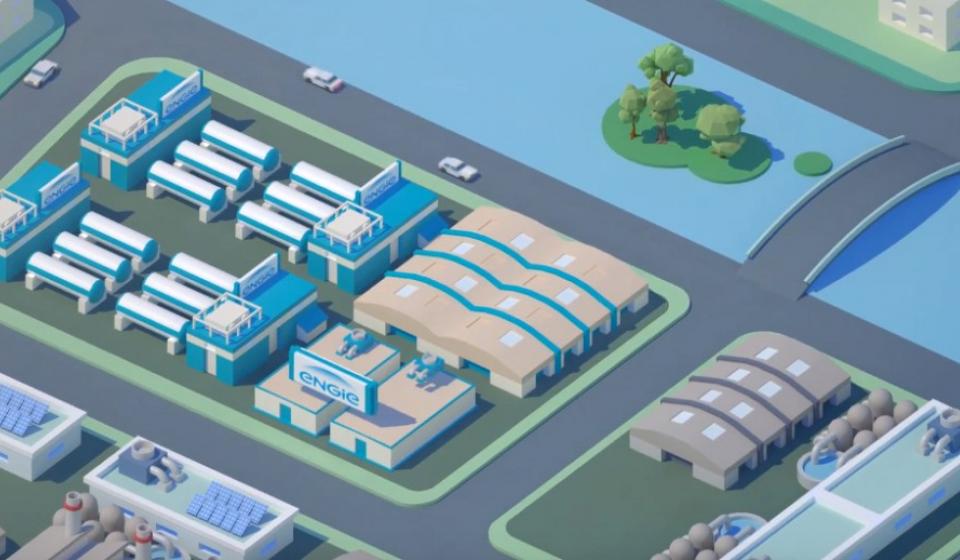ENGIE and Carmeuse announce end of Columbus project due to economic and regulatory considerations
The project’s aim was to concentrate the CO₂ captured from an innovative type of lime kiln, and to combine it with green hydrogen to produce synthetic methane, a renewable gas that can be injected into the gas grid or used in the transport or industry sectors.
After an in-depth evaluation and several years of collaboration, the project partners, in close collaboration with John Cockerill, believe that the current market does not guarantee the viability of the Columbus project, despite the significant advances made in the research, which could be valorised on an industrial scale in the medium term.
The termination of this project comes at a time where the European market for hydrogen and its derivatives is still emerging. Its development and structuring are slower than initially envisaged, notably due to a regulatory framework and a market for synthetic fuels that are not sufficiently mature.
This decision does not alter ENGIE's and Carmeuse's decarbonization strategies. ENGIE remains convinced of the importance of decarbonized molecules in the future energy mix, and will continue to develop promising projects in the geographical areas where the Group operates. Carmeuse is currently developing and building several innovative CO2 capture and concentration projects in Wallonia and continues to focus on decarbonizing its own operations and its customers through product and technology innovation.

Articles and press releases

Our strategy to accelerate the energy transition

Carmeuse, ENGIE and John Cockerill join forces to reduce industrial CO2 emissions in Wallonia

ENGIE is fully committed to hydrogen, the missing link in the energy transition
